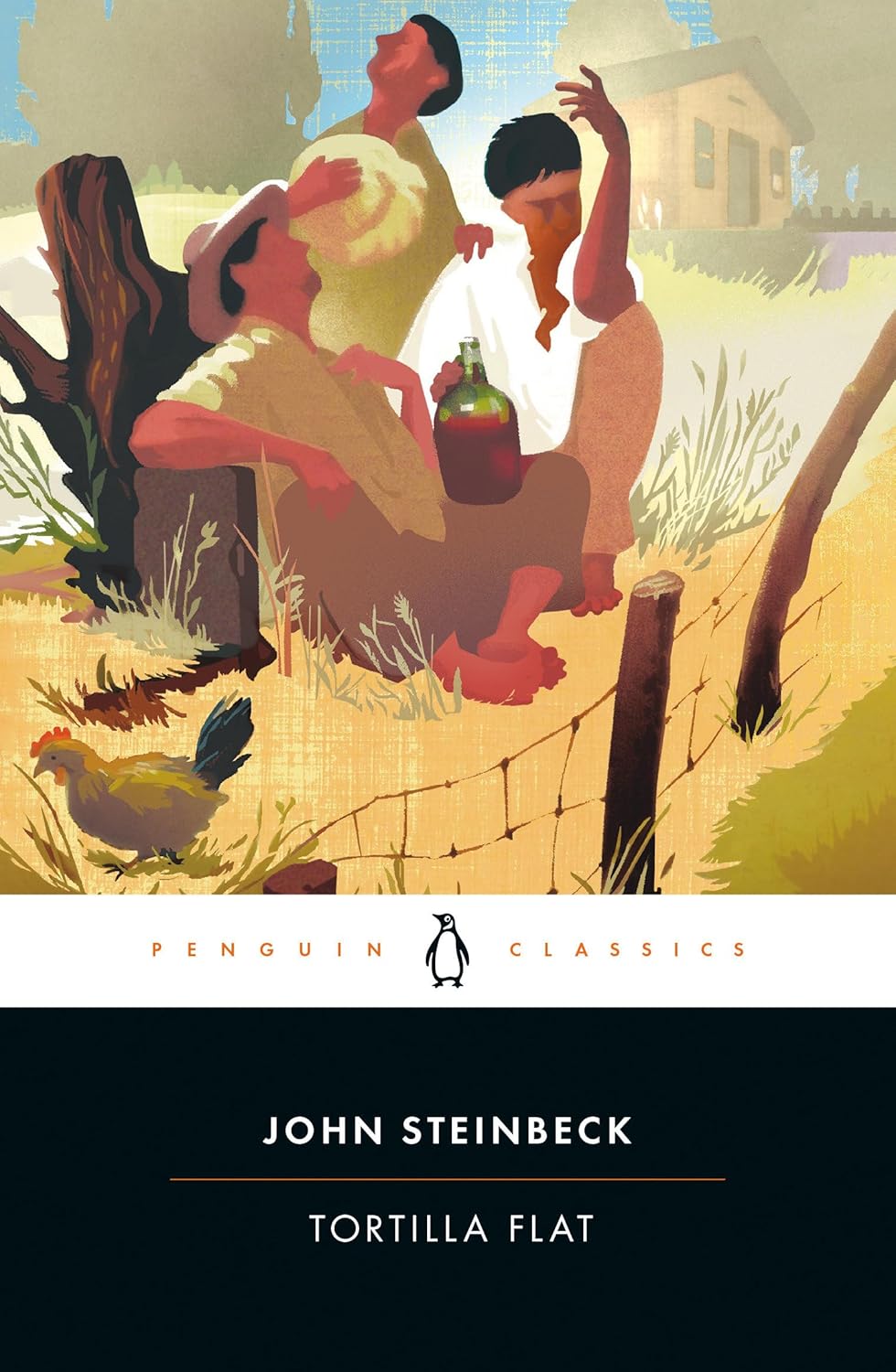
The Long Valley
Book Description
Beneath the sprawling skies of California’s Long Valley, lives intertwine in a tapestry of longing, heartbreak, and undeniable connection. The vibrant characters navigate the harsh realities of life, love, and the relentless pursuit of dreams, each facing personal demons that threaten to tear them apart. Tensions simmer in this rich landscape, where hope flickers like a candle in the wind. As relationships strain and secrets unfold, they are forced to confront what truly binds them together. Will they rise above their struggles, or will the weight of their choices shatter their fragile bonds? How far would you go to grasp what you love?
Quick Book Summary
"The Long Valley" by John Steinbeck is a masterful collection of short stories set in California’s Salinas Valley, exploring the complex inner lives of the region’s inhabitants. Through tales marked by longing, hope, and despair, Steinbeck paints a vivid portrait of people wrestling with harsh realities—farmers enduring natural hardship, families striving for connection, and wanderers seeking meaning. The stories reveal universal human struggles: unfulfilled dreams, the pain of isolation, and the search for love. Layered beneath the rural California landscape are deep emotional conflicts and psychological nuances, illuminated by Steinbeck’s empathetic prose. Each narrative stands alone yet contributes to a greater tapestry of resilience, vulnerability, and the pursuit of dignity.
Summary of Key Ideas
Table of Contents
Struggle Against Isolation and Loneliness
Steinbeck’s collection opens with portrayals of isolation, where characters like Elisa in “The Chrysanthemums” and Jody in “The Red Pony” grapple with deep loneliness. Their yearning for understanding and connection underscores the emotional intensity of daily life in the Long Valley. The physical and emotional distances characters experience often reflect their inner turmoils, as they struggle to be seen and validated within their families or communities. These stories emphasize how isolation can quietly shape aspirations and lead to profound moments of vulnerability and resilience.
Human Connection Amid Hardship
Relationships—fraught yet essential—are at the heart of many tales. Husbands and wives, parents and children, neighbors and strangers connect and disconnect in myriad ways, often wrestling with miscommunication and unmet expectations. In “Flight,” the painful process of growth and separation looms large, while stories like “The White Quail” and “The Harness” expose the sacrifice and tension within marriages. Steinbeck captures the fragile bonds that tie people together, illuminating both the comfort and the burden that human connection brings.
Conflict Between Nature and Culture
A persistent tension between human ambition and the untamable forces of nature weaves through the collection. Farmers and ranchers contend with drought, storms, and the demands of livestock—the landscape itself almost a living, breathing presence. In stories such as “The Red Pony” and “The Leader of the People,” the environment shapes destiny and demands humility. Steinbeck explores how man’s attempts at control or transcendence are frequently subverted by the unpredictable Californian landscape, making nature a silent but powerful antagonist.
Desire, Loss, and the Human Condition
Desire and loss pulse beneath the characters’ actions, whether it is for love, self-actualization, or simple contentment. The characters constantly seek meaning in the face of disappointment and heartbreak, often learning difficult lessons about their place in the world. This cycle of longing and acceptance is most poignantly depicted when dreams falter and choices have irreversible consequences. Steinbeck’s characters embody the profound yearning for something greater, even as they confront failure with poignant humanity.
The Landscape as Character
The Salinas Valley itself emerges as a character—a stage but also a force shaping every story. Steinbeck’s evocative descriptions bring the setting to life, mirroring emotional climates and framing the dramas of ordinary people. The power and majesty of place influence the characters’ trajectories, reinforcing themes of endurance, change, and dignity. Through the valley, Steinbeck evokes the universal struggle to belong not only to family and community, but also to the land itself, entwining physical landscape with the emotional journey.
Download This Summary
Get a free PDF of this summary instantly — no email required.





